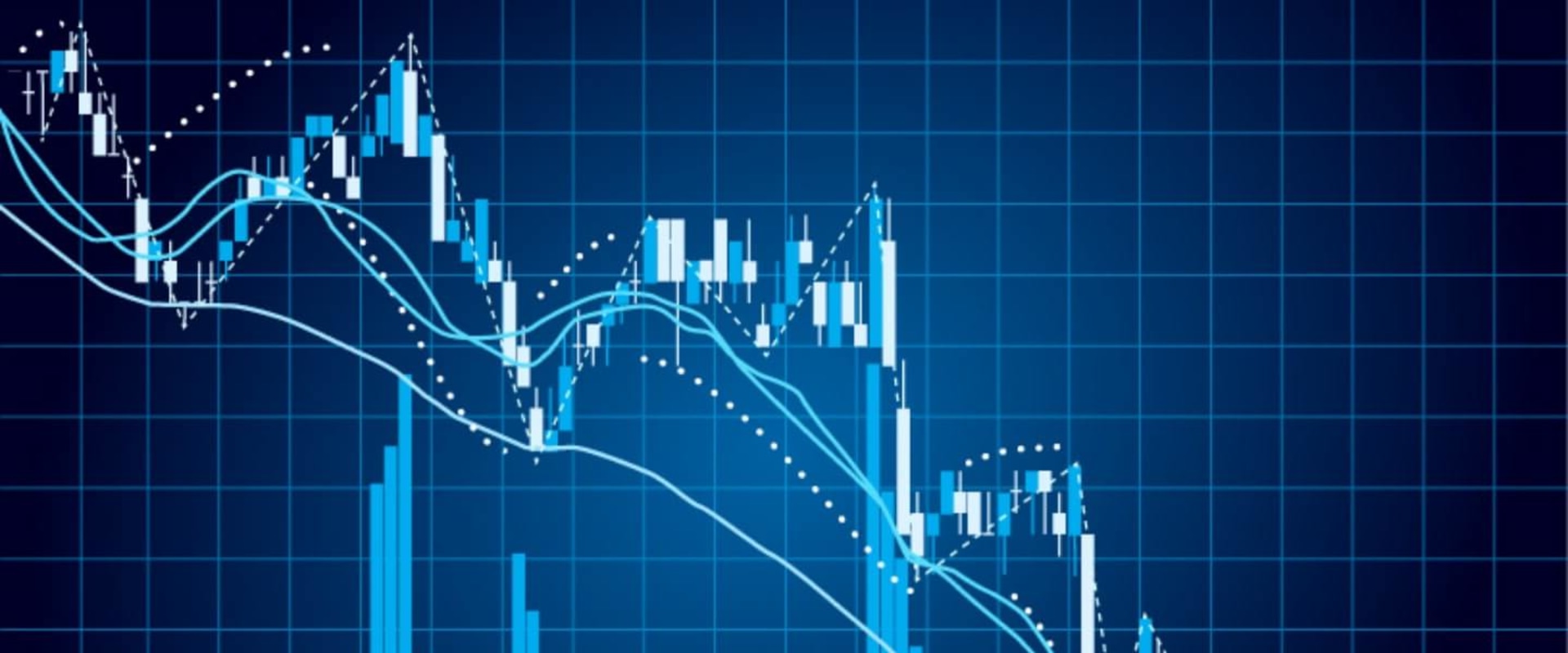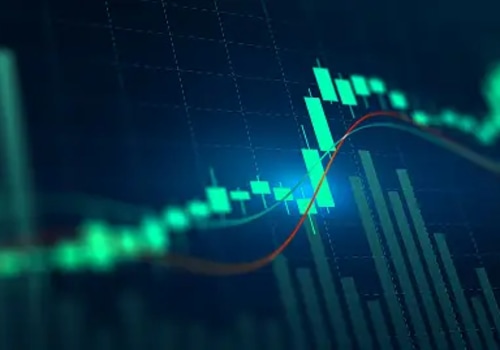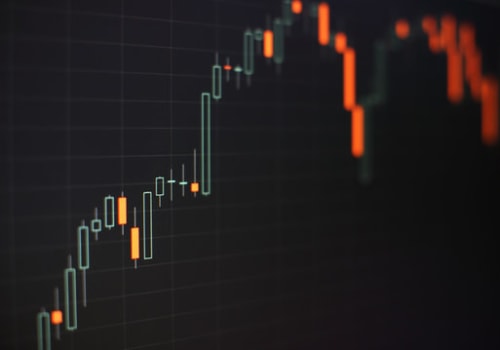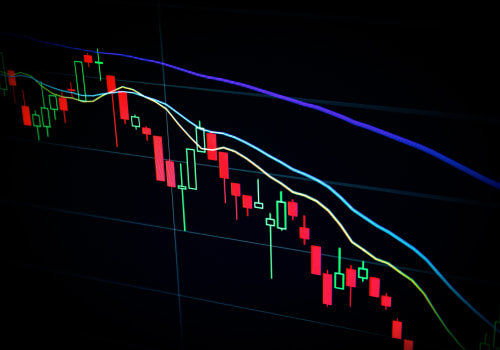Whether you're a seasoned trader or just starting out in the world of forex trading, you may be wondering which type of signal is best for you: free or paid? Both have their advantages and disadvantages, and it's important to understand the differences before making a decision. In this article, we'll compare free vs paid forex trading signals, so that you can make an informed choice as to which one is right for you. Free signals are often offered by brokers as a way to entice new traders to sign up. They can provide valuable insight into the markets, helping traders gain an edge in their trading.
However, they may not always be reliable and there can be a lack of technical analysis behind them. Paid signals, on the other hand, often come from experienced traders with extensive knowledge of the markets. They typically provide more detailed analysis and offer more comprehensive advice on strategies and trades. However, they can be expensive and may not always yield positive results.
In this article, we'll compare free vs paid forex trading signals so that you can make an informed decision as to which one is right for you. We'll look at the pros and cons of each type of signal and discuss how to choose the best one for your trading needs. When it comes to forex trading signals, there are two main types: free and paid. Free forex trading signals are typically provided by brokers or independent signal providers. They offer basic information about market movements and may include information such as currency pair, entry and exit points, stop loss levels, and more.
Free signals are often provided on a trial basis, so traders can get a feel for the service before committing to it. The main benefit of free signals is that they are free of cost, but they may not be as accurate or reliable as paid signals. Paid forex trading signals are provided by professional traders or market analysts who have years of experience in the markets. They typically offer a more detailed analysis of the markets and may include information such as entry and exit points, stop loss levels, specific currency pairs, technical indicators, and more. Paid signals tend to be more reliable than free signals, but they also come at a cost. When choosing between free and paid forex trading signals, traders should consider their individual needs.
Free signals may be a good option for beginners who want to get started with trading without investing too much money upfront. However, experienced traders may benefit more from paid signals due to their accuracy and reliability. Ultimately, it’s up to the individual trader to decide which type of signal is best for their needs.
Pros & Cons of Free vs Paid Forex Trading Signals
When deciding between free vs paid forex trading signals, it's important to consider the pros & cons of each option. Free forex trading signals can often be more reliable than paid signals, as they come from more reliable sources.However, they may not be as accurate or timely as paid signals. Additionally, some free signals may not be as comprehensive as paid signals. On the other hand, paid forex trading signals generally provide more accurate and timely information than free signals. Paid signals also usually include more comprehensive information and analysis than free signals.
Furthermore, paid signals often come with a guarantee of accuracy and reliability. However, they may be more expensive than free signals.
Making the Right Choice
Making the right choice between free and paid forex trading signals is essential to finding success in the forex markets. Free signals may be a good place to start, as they can provide a helpful insight into the markets without any upfront costs. However, these signals are often less reliable than paid services, as the provider may not have the same level of experience or expertise. Paid signals, on the other hand, may require a more significant investment but can offer more accurate and reliable insights into the markets.In addition, many paid services offer additional features such as customer support, market analysis, and automated trading tools that can be invaluable for more advanced traders. Once you've weighed up the pros & cons of each option, you can make an informed decision about which type of signal is right for your individual trading needs. Consider your experience level, budget, and trading goals to determine which type of service will best meet your needs. Free vs paid forex trading signals can be a difficult decision for any trader. While free signals may be a good starting point for beginners, experienced traders may benefit more from paid signals due to their accuracy and reliability. Ultimately, it is up to the individual trader to decide which type of signal is best for their needs.
Making the right choice requires careful consideration of all the pros and cons of both free and paid signals, and finding the option that best meets your trading needs. It's important to remember that no single signal is the right choice for all traders. Different strategies require different solutions, and each type of signal has its own advantages and drawbacks. By doing your research and understanding the differences between free and paid forex trading signals, you can make an informed decision and find the best option for your trading goals.












Leave Reply